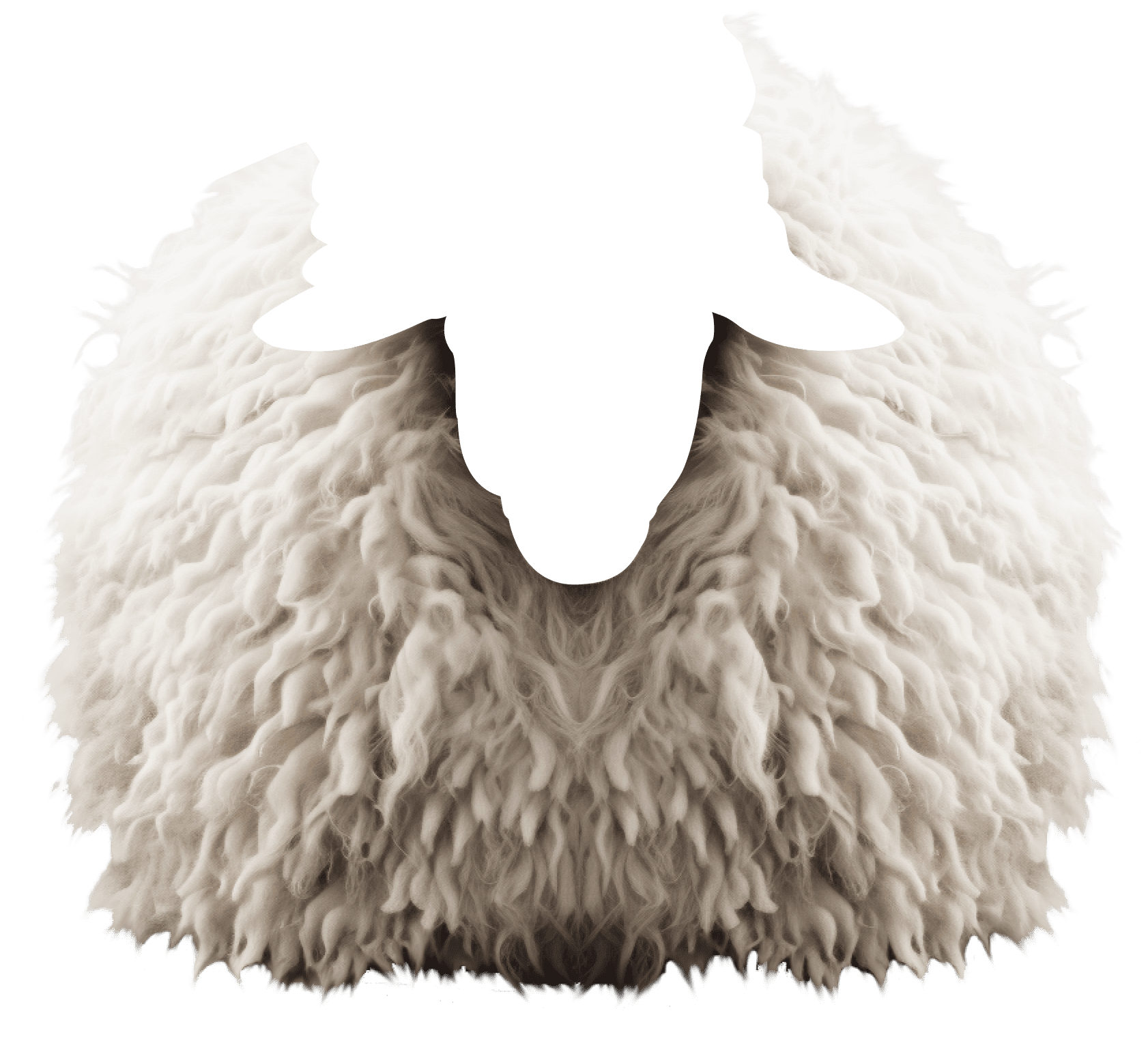




Don’t go anywhere, I’m about to put on a great record!



Butea




Charles Kroh scientifically established the principles of recording sound on a drum, and Thomas Edison invented and patented the «phonograph»
Phonograph
1939 year
During World War II, the supply of shellac decreased, so some disks were pressed from vinyl materials
During World War II, the supply of shellac decreased, so some disks were pressed from vinyl materials
Gramophone
10
BUGS SAVED THE MUSIC INDUSTRY
Shellac is a resin produced by tropical insects from South Asia. It had a light shade, but in combination with other components it gave an unpleasant dirty color. Then, in order to make the plate aesthetically pleasing, bone charcoal or petroleum soot was introduced into the composition of the mass and the disk became elegantly black
Edison Berliner developed the recorder to record sound and the «gramophone» to play back sound
Édouard-Léon Scott de Martinville was inspired by music boxes and created the «phonoautograph» on this principle
It was cheaper to make than ebonite, the predecessor of shellac. But the plates were heavy and as brittle as glass
1897 year
Emil Berliner spent 10 years searching for the ideal material for shellac plastiks
TYRAPHING
THE FIRST BIRTH OF RECORDING
100
For 100 years, inventors have worked to create the optimal technology for sound recording and reproduction
1860 year
Phonoautograph
78
YOU'LL GET FARTHER AWAY VINYL REVOLUTION
rpm -at that speed, only two songs could fit on the record
Often a single concert by one artist was sold as a set of several records, usually in cardboard or, more rarely, leather boxes. Because of their resemblance to photo albums, they came to be known as record albums
Columbia, one of the largest record companies in the United States at the time, issued its first long-playing record, or Long Play. It was possible to record a 30 - minute song on one side of the record. The record was now unbreakable
1948 year
NG
Columbia Records, USA, 1948 year
33 1/3
rpm
NG
Columbia Records, USA, 1948 year
33 1/3
rpm
BONE MUSIC
COTTAGE INDUSTRY
COTTAGE INDUSTRY
30
The technology for recording sound on x - rays has survived for 30 years
1940−1950 years
During the Cold War, music from Western countries was in semi-legal status in the USSR. At that time, enthusiasts developed an unusual method of creating pirated copies of vinyl records by recording them on X - ray images, which were called «ribs»
The city clinics gave away whole piles of scans for free or for a small fee, but they still had to dispose of this fire hazardous material
Why x-rays? Because regular fluorography was compulsory for everyone in the USSR. It was a cheap and accessible material
They were really real X-rays of ordinary people: joints, spine, and chest were visible on them they were they were visible
The flexible shot was perfect for making a record on it
Our planet is so much more beautiful!
Who's Jimmy Carter?
Who's Jimmy Carter?
The Voyager Gold Record is a gold-plated information record that contains sound and video signals and is coated with gold to protect it from erosion by space dust. The plate is attached to the Voyager-1 spacecraft, which was launched from Earth by the Voyager-1 spacecraft
Look at these DNA patterns! There's some more pictures
30
percent of the Voyager recordings sent to space are about music
A MESSAGE TO THE ALIENS ABOUT EARTH CIVILIZATION
BRING BACK MY REALITY
1977 year
Ah, it's a greeting in 55 languages, including Sumerian
What are those strange noises?
I don't know what they're saying
I don't know what they're saying
The Voyager Gold Record is a gold-plated information record that contains sound and video signals and is coated with gold to protect it from erosion by space dust. The plate is attached to the Voyager - 1 spacecraft, which was launched from Earth by the Voyager - 1 spacecraft
Look at these DNA patterns! There's some more pictures
Our planet is so much more beautiful!
Who's Jimmy Carter?
Who's Jimmy Carter?
30
What are those strange noises?
I don't know what they're saying
I don't know what they're saying
30 percent of the Voyager recordings sent to space are about music
A MESSAGE TO THE ALIENS ABOUT EARTH CIVILIZATION
Ah, it's a greeting in 55 languages, including Sumerian
BRING BACK MY REALITY
1977 year
- In vertical position
- Temperature 15 — 25 °C
- No sunlight
- Humidity level 35% — 45%
Vinyl is no longer mass — produced. It is gradually being replaced by more durable media and digital players
Long-playing LP records, which are part of DJ sets or collected by music lovers and vintage connoisseurs, remain invariably popular. However, according to research by the RIAA organization, the vinyl industry is gradually gaining momentum. And the value of some collectible records reaches several thousand dollars
2005 year
So if you are also a connoisseur of the warm crackling sound of music, be sure to check if you are storing your records properly
Turbo
Are you storing your records properly?
Sources
- https://vsegda-tvoj.livejournal.com/35234463.html
- https://collectomania.ru/blogs/helpful/vinilovye-plastinki-istoriya-vidy-i-interesnye-fakty
- https://dzen.ru/a/WVFNy33d6C0FSetM
- https://dzen.ru/a/Y4hxpXztl03aHf9O
- https://dzen.ru/a/X3jRE4065Vibxg2c
- https://ru.wikipedia.org/wiki/Грампластинка
- https://www.rap.ru/reading/766
- https://ru.wikipedia.org/wiki/Золотая_пластинка_«Вояджера»
- https://www.comsol.ru/blogs/the-history-and-science-behind-vinyl-records/


